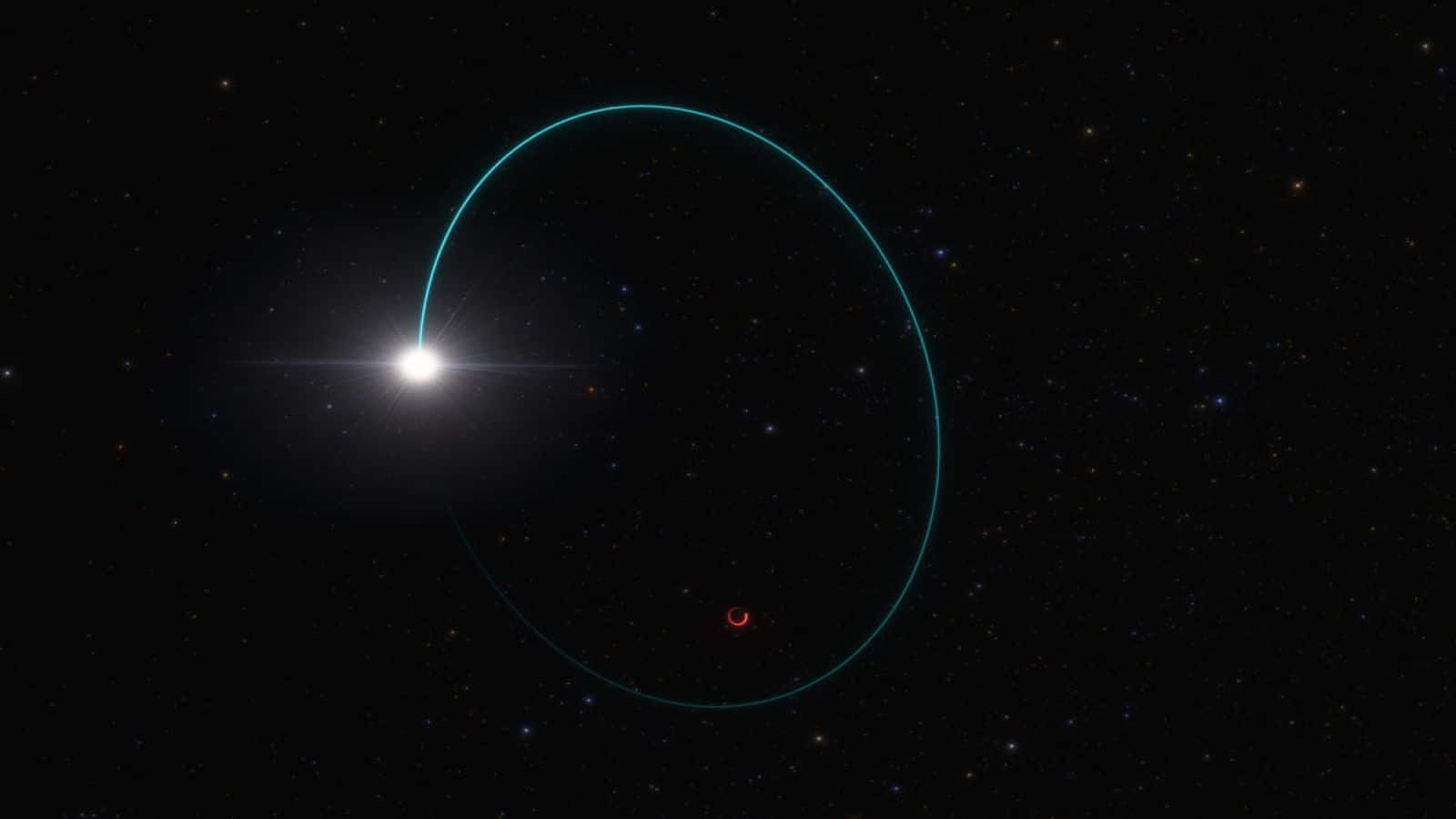
ESA's Gaia uncovers largest stellar black hole in Milky Way
What's the story
The European Space Agency's (ESA) Gaia mission has made a significant discovery - the largest stellar black hole in our galaxy, the Milky Way. Named Gaia BH3, this black hole is an astounding 33 times larger than our Sun. Remarkably, it is located just 1,926 light-years away from Earth. The ESA believes that the discovery of BH3, marks just the beginning of a series of investigations aimed at further understanding the mysteries of the universe.
Record breaker
Previous stellar black hole records surpassed
Before the discovery of Gaia BH3, the most massive stellar black holes identified in our galaxy, were only about 10 times the size of our Sun. The largest among them reached up to 21 solar masses. However, with a size 33 times that of our Sun, Gaia BH3 has set a new record in stellar black hole sizes within the Milky Way.
Detection journey
Discovery process of Gaia BH3
The discovery of Gaia BH3 was made by an ESA team while analyzing data from the mission for anomalies. They observed an old giant star in the nearby Aquila constellation exhibiting a peculiar wobbling motion, leading them to realize it was orbiting a massive black hole. Despite its relative proximity to Earth, locating BH3 proved challenging due to the absence of nearby celestial bodies that could feed it matter and cause it to emit detectable light.
Initial findings
Verification and initial findings of Gaia BH3
To confirm the size of Gaia BH3, the ESA team utilized data from ground-based telescopes such as the European Southern Observatory. Their initial findings have been published, with a more comprehensive report expected to be released in 2025. Interestingly, current data suggests that the star orbiting BH3 contains minimal elements heavier than helium and hydrogen, implying a similar composition for the star that collapsed to form BH3.
Theoretical implications
Gaia BH3 discovery supports long-standing theories
The discovery of Gaia BH3 supports theories that stars with low metal content, can form high-mass black holes after collapsing due to less mass loss during their lifetimes. It provides compelling evidence linking metal-poor stars with massive stellar black holes. Furthermore, it indicates that older giant stars evolved differently than newer ones in our galaxy, shedding light on the diverse evolution patterns within the Milky Way.